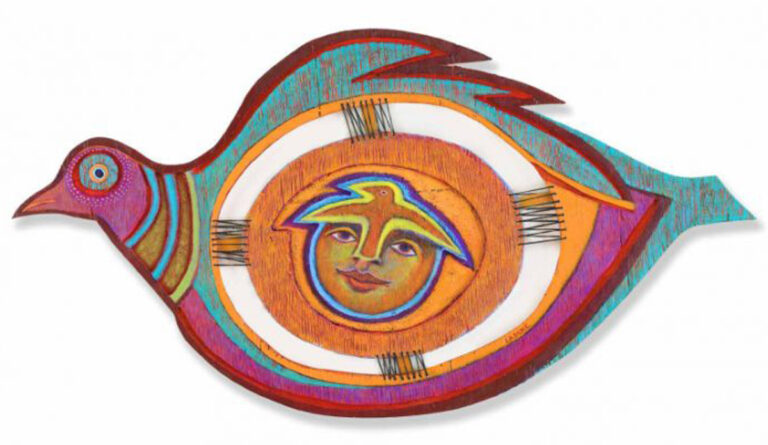Jim Laurie’s review of Ken Burns & Lynn Novick’s Vietnam War PBS-TV documentary series faults the premise of the filmmakers that the war was begun in GOOD FAITH, by DECENT PEOPLE, out of fateful misunderstanding, American overconfidence and Cold War miscalculation
Ken Burns’ VIETNAM WAR – Limits of 18 hours
- By Jim LaurieAn international correspondent for NBC and ABC News for nearly 30 years; he currently serves as a consultant in global network television and online media.
In September and October, “The Vietnam War” returns to television screens (and online digital portals) as it has never been seen before – in one gigantic, jarring, barrage.
I have just binge watched 18 hours of Ken Burns’ latest epic documentary over three days.
It is a difficult, fascinating, yet frustrating slog.
No recounting of the Vietnam War or rather the American War in Vietnam will satisfy everyone. The subject is too vast, too complex, and too divisive.
Burns and his co-director Lynn Novick are correct is portraying the war as the most divisive in American history apart from the “Civil War” – the subject of one of Burns’ most acclaimed early films in 1990. The film makers are also correct in seeing the impact of the war as still being felt today. “Alienation, mistrust of government, and public rancor,” says Novick, are “toxic byproducts that started back then.”
As a young reporter, I covered the war in Vietnam and Cambodia between 1970 and 1975. I was among a very few American journalists to witness the Communist victory on April 30, 1975. I remained in Vietnam for a month after the fall of Saigon. I have visited the country numerous times since.
The ten-part documentary attempts to cover a vast swathe of history from the French colonization of Indochina in 1858 to the close of the American war in 1973.
The last time the American Public Broadcasting Service backed a multi-part film on the subject was in 1983 when PBS aired “Vietnam: A Television History.” It was developed by widely respected journalist and author Stanley Karnow and directed by Richard Ellis. Each of its 13 hours was carefully researched and produced by a different documentary team; a number of them, veteran producers who covered the war. The New York Times praised the series as “delicately balanced and determinedly even-handed.”
Still, in an era before normal U.S. diplomatic relations with Hanoi, the American right wing branded the film as “pro-Communist.” Reed Irvine, head of the organization “Accuracy in Media” denounced the series as containing ‘’serious errors and distortions.’’ In 1985, PBS buckled to pressure and aired a two hour “rebuttal” narrated by Charlton Heston.
With the passage of time, reaction to the Burns-Novick effort may be less politicized. We shall see.
This series is certainly more ambitious, more costly, and better publicized than any other previous effort. Burns-Novick attempt to keep all their critical bases covered.
As its intended target audience is American, it is not surprising that Burns-Novick reveal a very American bias in their story telling.
(A version of the film, cut down to ten hours, will be released for non-American, global audiences later this year.)
The film features dramatic, fully formed, and beautifully told personal profiles of a handful of American war veterans and their families. The characters are woven through the series; connective tissue that keeps us engaged as the inevitable, tragic, and sadly repetitive chronology of the war proceeds.
The stories of physician and prisoner of war Hal Kushner and of 19 year old Army Private First Class Denton “Mogie” Crocker are among a dozen portraits that are particularly powerful. Through the families of Kushner and Crocker, we see the evolution of public opinion from support for the war to the rise of the extraordinary anti-war movement.
The series features several noted wartime reporters or combatants turned journalists. Neil Sheehan, Joe Galloway, Phil Caputo, and Phil Brady drive the story forward.
We witness internal conflicts through the remarkable eloquence of American Marine Corp veterans John Musgrave, Roger Harris, and Bill Erhardt.
While the profiles provide varied perspectives, at times the film makers skirt the edge of being war apologists.
As he has since the Civil War series, Geoffrey Ward has written for Burns a carefully crafted script narrated by Peter Coyote. Early in the film, Ward writes:
“The American involvement in Vietnam began in secrecy. It ended 30 years later in failure. It was begun in GOOD FAITH, by DECENT PEOPLE, out of fateful misunderstanding, American overconfidence and Cold War miscalculation.” (My emphasis added)
Really?
The film is remarkable in its liberal use of the secret recordings of White House conversations. We hear the voices of President Lyndon Johnson, Secretary of Defense Robert McNamara, President Richard Nixon and Secretary of State Henry Kissinger. These recordings reveal cynicism, paranoia, and deception that have little in common with “good faith” or “decent people.”
Conscious of their audience, the film makers are reluctant to be too harsh in condemning American motives. The theme, in effect, is that the American War in Vietnam was a bi-partisan, well-intended, accumulation of unfortunate mistakes made by six Presidents over 30 years.
The series also displays a serious weakness in recounting with depth and nuance, compelling stories of the peoples of Indochina: combatants and civilians.
Some 80 individuals are interviewed on camera. About twenty of them are Vietnamese from both sides of the war.
Yet apart from Duong Van Mai Elliot, author of the book “Sacred Willows: Four Generations of a Vietnamese Family,” nearly all the Vietnamese family portraits are shallow. We get little real feeling for the lives of those who suffered the most from the War.
PBS
Author Duong Van Mai Elliot
This is unfortunate. No well-funded, well-promoted, project has ever adequately portrayed the story of the peoples of Vietnam, Laos, and Cambodia.
After all, an estimated one million North Vietnamese and a quarter million South Vietnamese combatants died.
Among civilians, as many as two million Vietnamese, 270,000 Cambodians, 100,000 Laos perished. Millions more were left homeless. In the war’s aftermath between 1975 and 1997, 1.6 million refugees fled Vietnam. More than half were “boat people” embarking on treacherous journeys that make the current day tragedy in the Mediterranean seem minor by comparison.
Little of this drama is portrayed by Burns-Novick.


